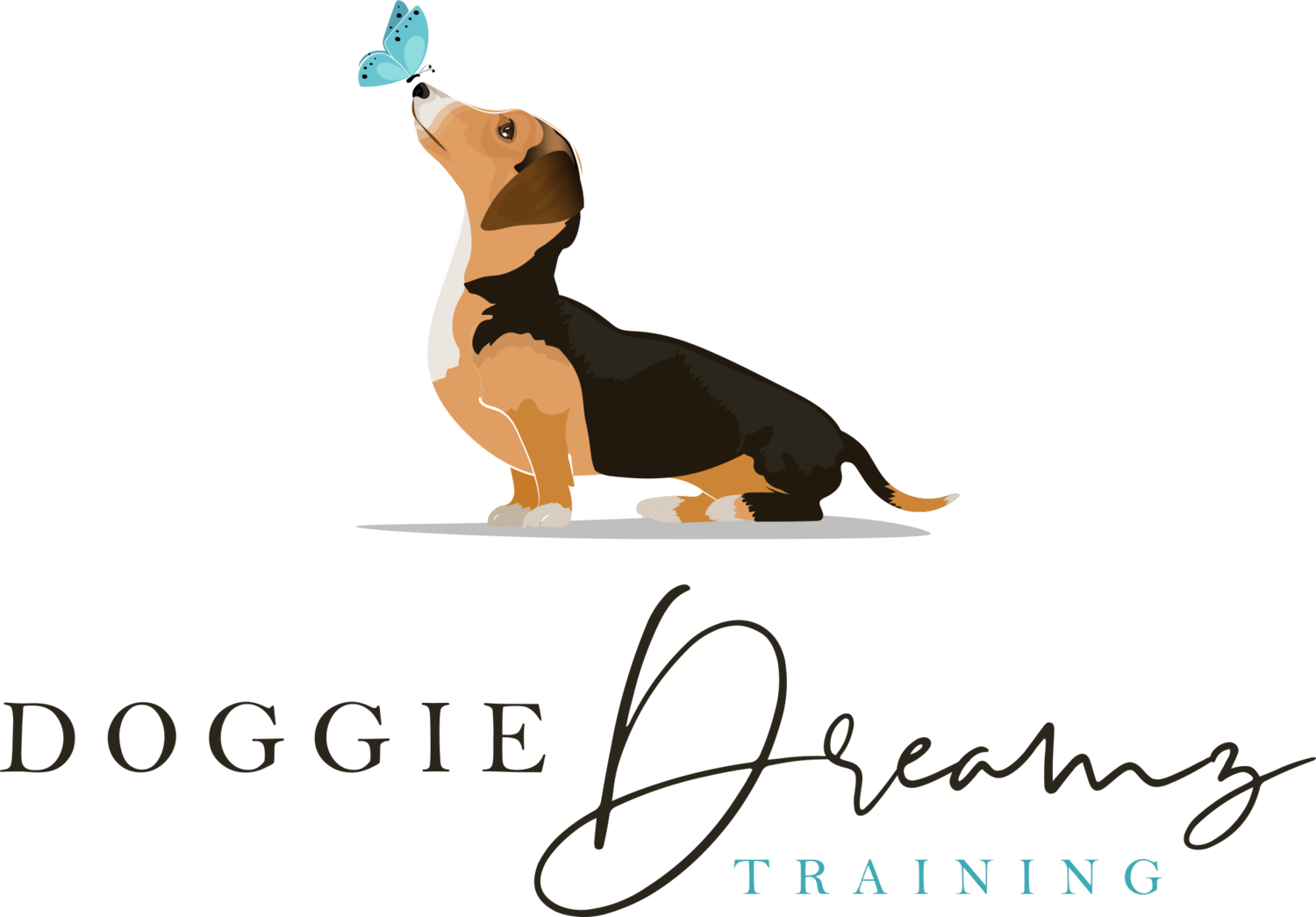
Doggie Tales: Cowboy
Doggie Tales are true stories to share the impactful ways humans and dogs co-exist and share love, beginning with the ones that have impacted my life as a dog trainer the most. Our second doggie tale stars our very own Doggie Dreamz VIP, Cowboy. Check out Cowboy’s transformation story here.

Pack drive and why it’s important
Dog trainers often talk about a dog's pack drive. Many dog trainers believe that dogs with a low pack drive are more likely to have behavioral issues later in their life. This is why I wanted to dive deeper into this subject to help better bridge the gap between behavioral theory and how it affects and benefits your everyday life.

Walking your Puppy
Many new puppy parents have envisioned taking their puppy on long walks or hikes for months while they wait to get the all-clear by their veterinarian. While it's great to have these goals for you and your puppy to one day do together, it's also important to start by going slow. Also begin taking steps to teach them about walking next to you inside your home, before they walk outside.

Engagement and why it’s important

3 Keys to Successfully Training your Dog
Want to know the 3 things that will make you successful in training your dog? Check out our latest article to find out
